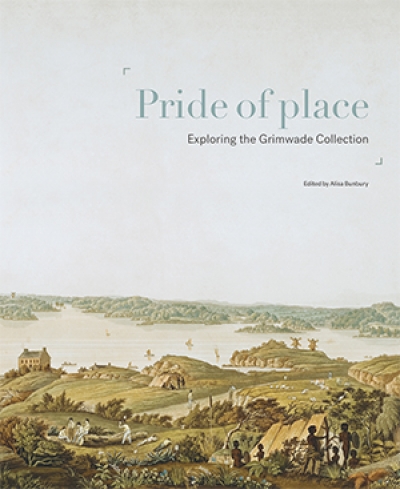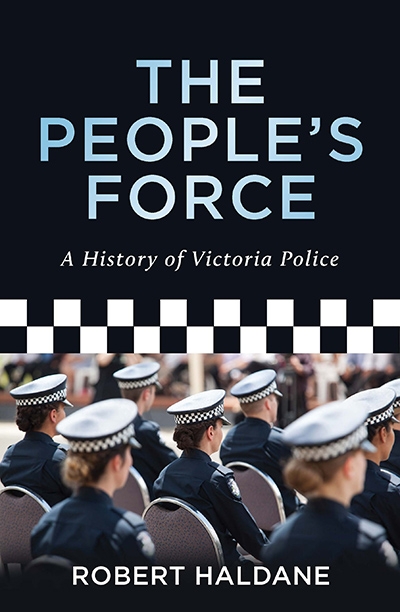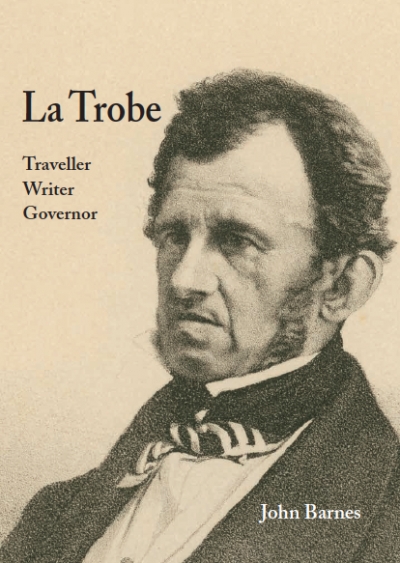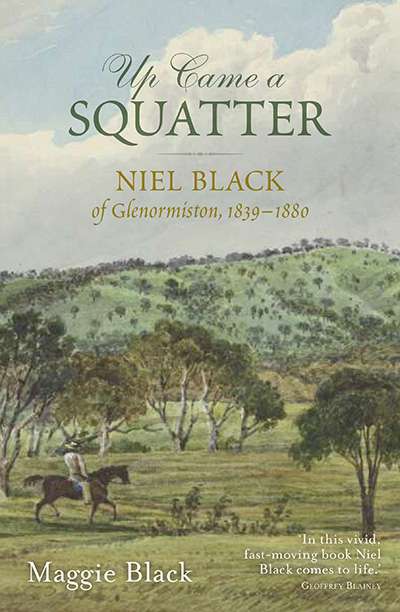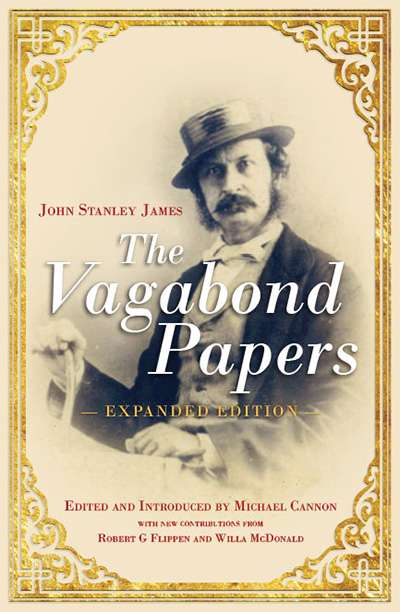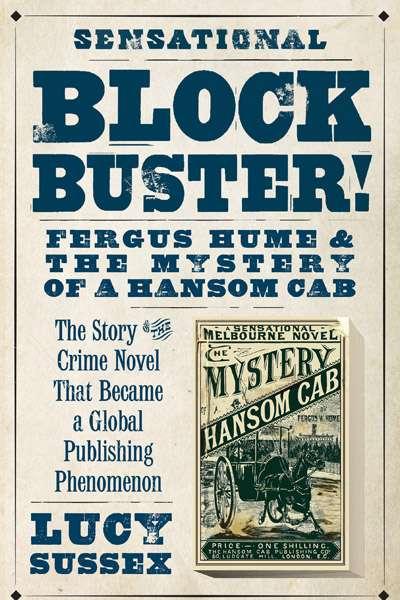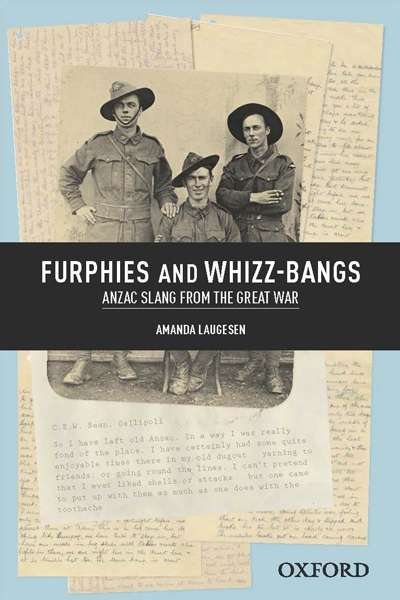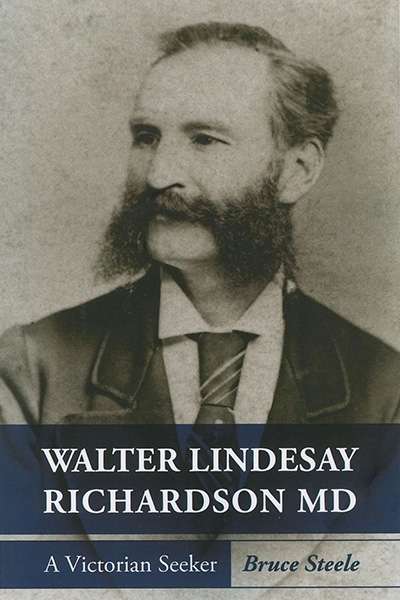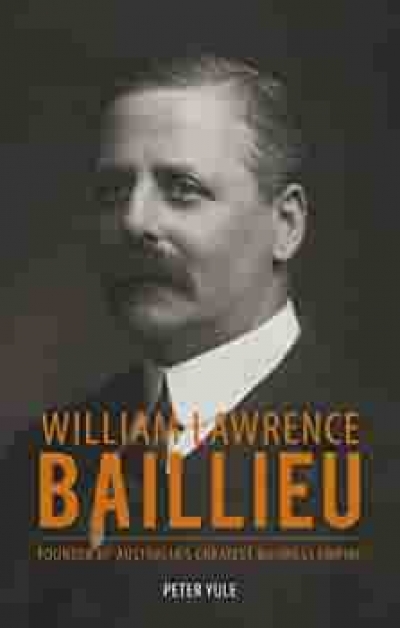John Arnold
Pride of Place: Exploring the Grimwade Collection edited by Alisa Bunbury
by John Arnold •
The People’s Force: A history of Victoria Police by Robert Haldane
by John Arnold •
La Trobe: Traveller, writer, governor by John Barnes
by John Arnold •
Up Came a Squatter: Niel Black of Glenormiston, 1839–1880 by Maggie Black
by John Arnold •
Passions of a Mighty Heart: Selected letters of G.W.L. Marshall-Hall edited by Suzanne Robinson
by John Arnold •
Blockbuster: Fergus Hume and the Mystery of a Hansom Cab by Lucy Sussex
by John Arnold •
Furphies and Whizz-Bangs: ANZAC slang from the Great War by Amanda Laugesen
by John Arnold •
Walter Lindesay Richardson MD: A Victorian Seeker by Bruce Steele
by John Arnold •

